Precise characterization of satellite maneuvers
Orbital data are not updated often nor regulary by the different administrations monitoring the space objects. This means that there can be a large time gap between consecutive new released of the orbital parameters for a particular space object. This particular objects can maneuver between these times, and the released and available data do not describe precisely these maneuvers. The knowledge of when these maneuvers might have happend is important to avoid discrepancies in the analysis of trajectory, for rendezvous and proximity operations. The main objective is to characterize these maneuvers and understand when and how they occured.
Objectives
- ofooLitterature review: Conduct an in-depth research in the litterature and look in potential commercial solutions.
- Understand a typical maneuver: For one controlled maneuver where the data are available, characterize the timestamp of the event with the computation and validation of the effective delta_v used.
- Complex maneuver: when multiple burns could have been performed between two released of orbital parameters, find a unique or a set of possible maneuvers that have might occured.
- propulsion system: using the available data, make a characterization of the propulsion system used.
Required skills
Space orbital dynamics: understanding the fondamental of orbital mechanics and space engineering principles.
Coding language: being able to program in Java or python, implement tests and documentations.
Optimization: capable of designing and solving optimization problems.
These skills will enable students to actively contribute to the project and make meaningful advancements in the understanding of satellites’ maneuvers.
Place of work
The student will have the opportunity to work in a stimulating environment with other students in different locations (Lausanne, Bern, Zurich) in Switzerland depending on the needs of the projects.
Deliverables
- Reporting: a detailed report outlining the analysis of the problem, the solution provided and the suggestion of propulsion systems
- Source code: the software with examples of execusion.
- Recommandations: in addition of the main documentations, some recommendation for further work and improvement to the final product
